Home>Interior Design>9 Entryway Layout Mistakes And How To Avoid Them
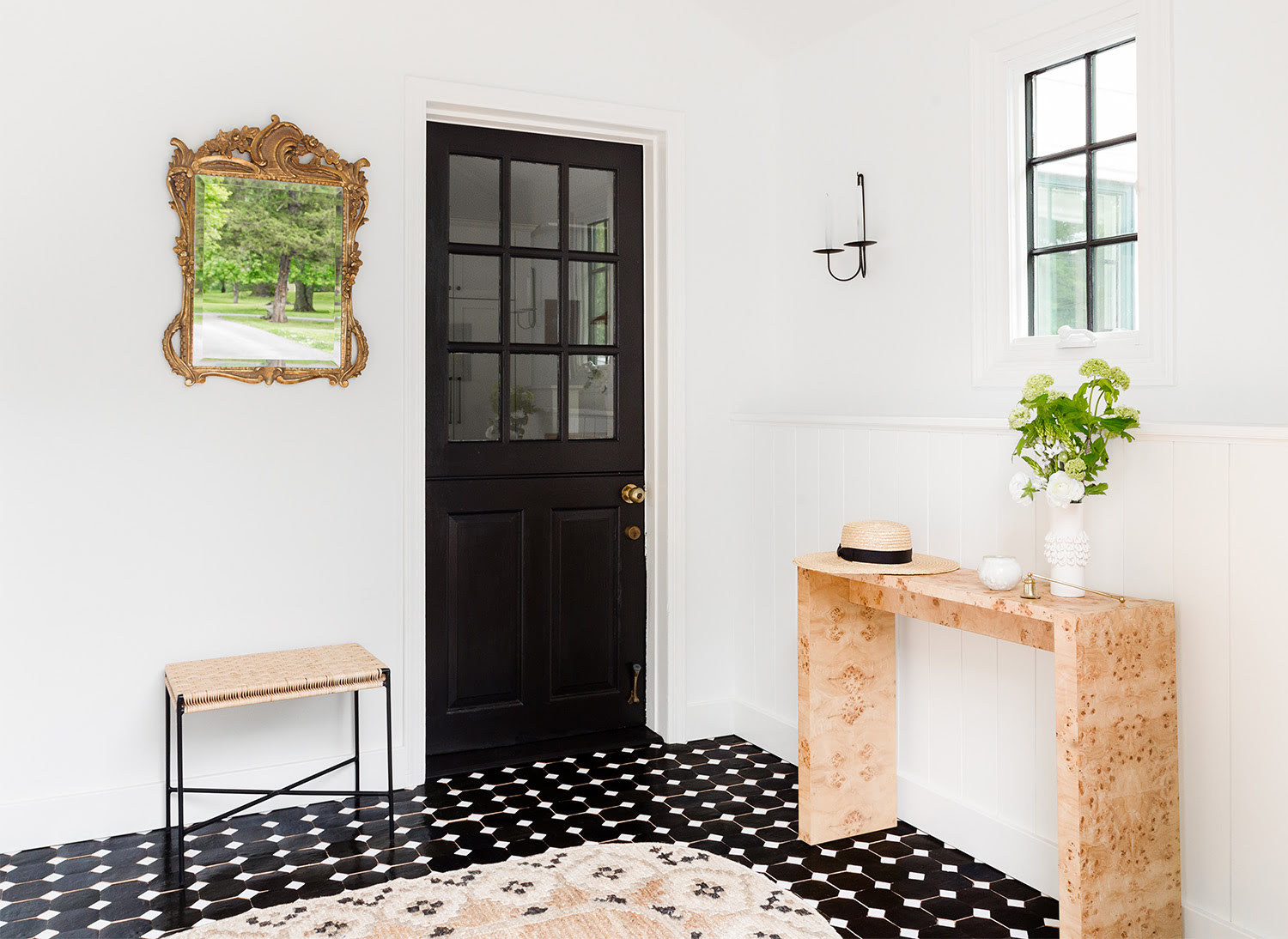

Interior Design
9 Entryway Layout Mistakes And How To Avoid Them
Modified: January 7, 2024
Avoid these common entryway layout mistakes with our interior design tips to create a stylish and functional space. Don't let your first impression fall short!
(Many of the links in this article redirect to a specific reviewed product. Your purchase of these products through affiliate links helps to generate commission for Storables.com, at no extra cost. Learn more)
Introduction
Welcome to your home’s first impression – the entryway. As the gateway between the outside world and your personal sanctuary, the entryway sets the tone for your entire home. It is the space where guests are welcomed, shoes are kicked off, and keys are dropped. Yet, all too often, this important area is not given the attention it deserves.
In this article, we will explore the common mistakes that people make when designing their entryways and provide you with practical tips on how to avoid them. Whether you have a small apartment entryway or a grand foyer, these insights will help you create an inviting and functional space that reflects your personal style.
Key Takeaways:
- Create a functional and welcoming entryway by prioritizing organization, adequate lighting, and personalized style. Avoid common mistakes like clutter, poor lighting, and neglecting personal taste to make a lasting impression on guests.
- Transform your entryway into a visually appealing and practical space by carefully selecting the right storage solutions, flooring, and color choices. Embrace your personal style to infuse your entryway with a unique and welcoming atmosphere.
Mistake 1: Lack of organization
One of the most common mistakes in designing an entryway is the lack of organization. Without proper organization, your entryway can quickly become a chaotic and cluttered space. Not only does this create a negative first impression, but it also makes it difficult to find essential items when you’re rushing out the door.
To avoid this mistake, start by assessing your storage needs. Consider what items you need to store in your entryway, such as shoes, coats, umbrellas, and bags. Invest in practical storage solutions like shelves, hooks, and shoe racks. These items will help keep everything in its rightful place and provide a sense of order to your entryway.
Another effective way to add organization to your entryway is by incorporating a console table or a storage bench. These pieces of furniture not only serve as a focal point but also offer storage compartments to keep smaller items neatly tucked away. Use decorative baskets or bins to corral smaller items like keys, sunglasses, and gloves.
Remember to also take advantage of vertical space. Install hooks on the wall to hang jackets, scarves, and bags. Opt for floating shelves or a stylish wall-mounted organizer to display decorative items while keeping your entryway tidy.
Lastly, don’t forget to designate a specific spot for important items like mail and keys. This will help you stay organized and ensure that you never misplace them again.
By addressing the lack of organization in your entryway, you can create a functional and welcoming space that sets the tone for the rest of your home.
Mistake 2: Insufficient lighting
Lighting plays a crucial role in any space, and the entryway is no exception. Unfortunately, one common mistake many people make is not giving enough thought to the lighting in their entryway. Insufficient lighting can make the space feel dim and unwelcoming, creating a negative first impression.
To avoid this mistake, start by assessing the natural lighting in your entryway. If you have windows or glass doors, make sure to maximize the amount of natural light coming in by keeping the area free from obstructions like heavy curtains or furniture. This will help create a bright and airy atmosphere.
In addition to natural light, consider incorporating artificial lighting sources to ensure that your entryway is well-lit at all times. Install a combination of ambient, task, and accent lighting to create a layered and balanced lighting scheme.
Ambient lighting, such as overhead fixtures or pendant lights, provides overall illumination to the space. Consider choosing fixtures that distribute light evenly and avoid harsh shadows.
Task lighting is essential for specific activities that may occur in the entryway, such as checking your appearance in a mirror or finding something in your bag. Consider adding wall sconces or a table lamp on your console table to provide focused lighting for these tasks.
Accent lighting can add a touch of drama and highlight architectural elements or artwork in your entryway. Use adjustable spotlights or wall-mounted fixtures to create interesting focal points that draw attention and create visual interest.
Remember to also consider the color temperature of your lighting. Opt for warm white or daylight bulbs to create a welcoming and inviting atmosphere. Avoid using cool white or blue-toned bulbs, as they can create a harsh and unwelcoming effect.
By ensuring sufficient lighting in your entryway, you not only enhance its visual appeal but also create a warm and inviting space that welcomes guests into your home.
Mistake 3: Cluttered entryway
Nothing kills the visual appeal of an entryway more than clutter. When your entryway is cluttered with shoes, bags, coats, and miscellaneous items, it can give off a chaotic and unorganized vibe. Not only is this visually unappealing, but it can also make it difficult to navigate the space.
To avoid this mistake, it’s important to establish a sense of order in your entryway. Start by decluttering the space. Sort through the items in your entryway and remove anything that doesn’t belong or serve a purpose in that area. Find dedicated storage solutions for items that you still need, such as a shoe rack, coat hooks, or a storage bench.
Create designated spaces for different types of items to help keep things organized. Install hooks or a wall-mounted coat rack for hanging coats and jackets. Use a shoe rack or a shoe cabinet to neatly store your footwear. Consider utilizing baskets or bins for storing scarves, gloves, and other accessories.
Keep in mind that less is more when it comes to entryway decor. Avoid overcrowding the space with too many decorative items. Instead, opt for a few carefully chosen pieces that reflect your personal style and add a touch of visual interest without overwhelming the space. This will help maintain a clean and clutter-free appearance.
Regular maintenance is also important to prevent your entryway from becoming cluttered again. Make it a habit to put away items immediately when you enter your home and encourage other household members to do the same. Regularly declutter and reassess the storage solutions in your entryway to ensure they continue to meet your needs.
By creating an organized and clutter-free entryway, you not only enhance its visual appeal but also create a welcoming and functional space that sets a positive tone for your entire home.
Mistake 4: Wrong scale and proportion
Scale and proportion are key elements in any interior design, and they play a significant role in the overall look and feel of your entryway. Unfortunately, many people make the mistake of choosing furniture and decor that are either too large or too small for the space, resulting in a design that feels unbalanced and visually jarring.
To avoid this mistake, it’s important to carefully consider the scale and proportion of each element in your entryway. Start by assessing the size of the space and the height of the ceiling. If you have a small entryway, opt for furniture and accessories that are appropriately sized to fit the space without overwhelming it.
When choosing a console table or a storage bench, make sure it is proportionate to the size of the entryway. Avoid oversized pieces that will dominate the space or make it difficult to move around. Similarly, if you have a grand foyer, choose furniture that can stand up to the scale of the space and make a statement.
Consider the height of your entryway as well. If you have a tall ceiling, you can incorporate vertical elements, like a tall potted plant or an artwork that draws the eye upward. On the other hand, in a space with a low ceiling, opt for furniture and decor that have a lower profile to create a sense of airiness and avoid making the space feel cramped.
Proportion is also important when it comes to hanging artwork or placing decorative items on your entryway walls. Avoid hanging a tiny piece of artwork on a large, empty wall as it can seem lost and insignificant. Instead, choose artwork that is appropriately sized to fill the space and make a statement.
Remember to also consider the relationship between different elements in your entryway. For example, if you have a large console table, balance it with substantial accessories or a mirror that is proportionate in size. This will create a harmonious and visually pleasing composition.
By paying attention to the scale and proportion of the elements in your entryway, you can create a well-balanced and visually appealing design that welcomes guests into your home with a sense of harmony and style.
Mistake 5: Inadequate storage solutions
Inadequate storage can be a major issue in entryways, leading to clutter and a disorganized appearance. Without proper storage solutions, essential items like shoes, coats, and bags can end up scattered about, creating an uninviting and chaotic atmosphere.
To avoid this mistake, it’s crucial to evaluate your storage needs and invest in practical solutions. Start by assessing the items you typically need to store in your entryway, such as shoes, umbrellas, and seasonal accessories.
Consider incorporating furniture pieces that provide both storage and functionality, such as a storage bench with built-in compartments or a console table with drawers. These pieces can help keep your entryway organized while serving as a convenient spot to sit or place items.
Shoe storage is particularly important in entryways. There are numerous options available, including shoe cabinets, shoe racks, or designated cubbies. Choose a solution that best fits your space and needs, ensuring there’s enough room for all your footwear.
Don’t overlook vertical storage to maximize your space. Install hooks on the wall or a mounted coat rack to hang coats, hats, and bags. Utilize wall-mounted shelves or cubbies to store smaller items like keys, sunglasses, and mail.
Consider using decorative storage bins or baskets to corral miscellaneous items and make them easily accessible. This not only helps with organization but also adds a stylish touch to your entryway.
Customize your storage solutions to fit your lifestyle. If you have children, consider incorporating a designated area for their school bags or backpacks. Install a message board or a chalkboard for notes and reminders.
Regularly declutter and reassess your storage needs to ensure your entryway remains functional. Purge unnecessary items, tidy up the storage compartments, and adjust the setup as needed. This will help maintain an organized and clutter-free space.
By investing in adequate storage solutions, you can transform your entryway into a well-organized and functional area that not only impresses guests but also makes your daily routines more seamless and enjoyable.
When designing an entryway, make sure to consider the flow of traffic and allow for enough space for people to enter and exit comfortably without feeling cramped.
Mistake 6: Neglecting functionality
When designing an entryway, it’s important to strike a balance between aesthetics and functionality. Unfortunately, many people make the mistake of prioritizing style over practicality, resulting in an entryway that may look great but fails to meet their everyday needs.
To avoid this mistake, it’s crucial to consider the functionality of your entryway and how it will serve your daily routines. Start by assessing your lifestyle and the specific activities that occur in your entryway.
One important aspect of functionality is seating. Having a designated spot to sit in your entryway can be incredibly useful when putting on or taking off shoes, especially in households with children or elderly individuals. Consider incorporating a bench or a chair that provides comfortable seating while adding a stylish element to the space.
Furthermore, think about the flow of traffic in your entryway. Ensure that there is enough space to move freely and that furniture placement does not obstruct the path. You want to create a smooth transition between the entryway and the rest of your home.
Another factor to consider is storage for frequently used items. Designate a spot for essentials like keys, wallets, and sunglasses to ensure they’re easily accessible when you’re on the go. Wall-mounted organizers or trays on a console table can be a great solution for keeping these items organized and within reach.
Additionally, think about the specific needs of your household. If you have pets, for example, you may want to incorporate a designated area for their belongings, such as a mat for their food and water bowls or a hook for leashes. Tailor the functionality of your entryway to accommodate the specific needs of your household members.
Lastly, don’t forget about lighting and the impact it has on functionality. Ensure that your entryway is well-lit, both naturally and artificially, to aid visibility during nighttime hours and create a welcoming atmosphere.
By giving equal consideration to functionality and aesthetics, you can design an entryway that not only looks beautiful but also meets the practical needs of your everyday life.
Mistake 7: Poor color choices
Color is a powerful tool in interior design, and the choice of colors in your entryway can significantly impact the overall ambiance and visual appeal of the space. Unfortunately, many people make the mistake of selecting poor color choices, resulting in an entryway that feels uninspired or visually unbalanced.
To avoid this mistake, it’s important to carefully consider the colors you use in your entryway and how they harmonize with the rest of your home. Start by thinking about the mood and atmosphere you want to create. Do you want your entryway to feel cozy and welcoming, or bright and energizing?
Consider the natural lighting in your entryway. If it lacks natural light, lighter and brighter colors can help to make the space feel more open and airy. On the other hand, if your entryway receives plenty of natural light, you can experiment with deeper or richer colors to add depth and warmth.
One common mistake is using too many bold or contrasting colors in a small entryway. This can make the space feel overwhelmed and visually confusing. Instead, opt for a cohesive color scheme with a main color and one or two complementary accent colors. This will create a harmonious and visually pleasing composition.
Neutral colors are a safe and timeless choice for entryways. Shades like whites, beiges, grays, or earth tones provide a versatile backdrop for any style and décor. They also work well to showcase artwork or decorative elements in your entryway.
Don’t be afraid to add pops of color to your entryway through accessories or accent pieces. A vibrant rug, colorful artwork, or a statement piece of furniture can inject personality and visual interest into the space.
Consider the color of the walls, flooring, and furniture in your entryway. Ensure that they work well together and create a cohesive visual flow. Avoid clashing colors or patterns that can overwhelm the senses.
Lastly, remember that color choices can evoke different emotions. For a calming and serene atmosphere, opt for cool colors like blues or greens. If you want to create a vibrant and energetic space, opt for warmer colors like reds or yellows.
By making thoughtful color choices, you can transform your entryway into a visually appealing and harmonious space that sets the tone for your entire home.
Mistake 8: Overlooking the flooring
When designing an entryway, it’s easy to get caught up in choosing the right furniture, colors, and accessories, but one important element that often gets overlooked is the flooring. Neglecting the flooring in your entryway can result in a lackluster design that fails to make a lasting impression.
To avoid this mistake, consider the functionality and aesthetics of your entryway flooring. Start by assessing the level of foot traffic your entryway experiences. This will help you determine the appropriate type of flooring that can withstand the wear and tear.
Hardwood flooring is a popular choice for entryways as it adds warmth and elegance to the space. However, keep in mind that wood can be susceptible to scratches and dents. Opt for hardwood with a durable finish or consider engineered hardwood that is more resistant to moisture and damage.
If you prefer a low-maintenance option, consider tile or stone flooring. These materials are highly durable and come in a wide range of colors and patterns to suit your style. Additionally, they are easy to clean and can withstand heavy foot traffic.
Another option to consider is laminate flooring. It offers the look of hardwood at a more affordable price point. Laminate is relatively easy to maintain and resistant to stains and scratches, making it a practical choice for entryways.
For a cozy and inviting feel, consider carpeting in your entryway. Choose a carpet type that is stain-resistant and easy to clean. Keep in mind that carpet may not be the ideal choice for high-traffic areas as it can show wear more quickly.
Remember to also consider the aesthetic aspect of your flooring choice. The flooring sets the foundation for the rest of your entryway design. Choose a flooring color and pattern that complements the overall style of your home and ties in with the colors used in the entryway.
Lastly, don’t forget about safety. Entryways are prone to moisture and dirt tracked in from the outside. Select a flooring material that provides good traction to prevent slips and falls. Additionally, consider placing mats or rugs in high traffic areas to protect the flooring and enhance the design.
By carefully selecting the right flooring for your entryway, you can create a stunning and functional space that leaves a lasting impression on your guests.
Mistake 9: Ignoring personal style
One of the biggest mistakes people make when designing their entryway is ignoring their personal style. Your entryway is the first glimpse visitors have into your home, so it should reflect your unique personality and taste. However, it’s easy to get caught up in trends or what you think others will like, neglecting to infuse your personal style into the space.
To avoid this mistake, take some time to explore your own personal style and consider how you can incorporate it into your entryway design. Think about what colors, patterns, and materials you are naturally drawn to. Do you prefer a minimalist and clean aesthetic, or are you more inclined towards bold and eclectic designs?
Start by selecting a color palette that resonates with you. Choose colors that evoke the emotions and ambiance you want to create in your entryway. Whether it’s a serene and calming space with soft neutrals or a vibrant and energetic space with pops of color, allow your personal style to shine through.
Consider the furniture and accessories that speak to you. Choose pieces that not only serve a functional purpose but also reflect your personal taste. Whether it’s a sleek and modern console table, a vintage-inspired bench, or a quirky artwork that speaks to your interests, prioritize items that align with your style preferences.
Don’t be afraid to mix and match different elements to create a unique and personalized look. Play with textures, patterns, and materials to add depth and visual interest to your entryway. Incorporate meaningful décor items, such as a favorite piece of art or sentimental objects, to make the space truly feel like yours.
Your personal style should also extend to the lighting fixtures and accessories in your entryway. Select light fixtures that align with your overall aesthetic, whether it’s sleek and modern or classic and elegant. Add personal touches through decorative items like plants, sculptures, or photographs that reflect your interests and experiences.
Remember, your entryway is a representation of your home and should be a reflection of who you are. It should make you feel proud and excited to welcome guests into your space.
By embracing your personal style and infusing it into your entryway design, you will create a space that feels genuinely you, leaving a lasting impression on all who enter.
Conclusion
Designing an entryway is more than just creating a space to pass through—it is an opportunity to make a lasting impression. By avoiding common mistakes and implementing thoughtful design choices, you can transform your entryway into a welcoming and functional area that sets the tone for your entire home.
From organizing your space and ensuring sufficient lighting to addressing clutter and choosing the right colors and flooring, each aspect plays a crucial role in creating a visually appealing and practical entryway. By incorporating personal style and infusing your own unique touch, your entryway becomes a reflection of your personality and taste.
Remember to prioritize organization and storage solutions to keep your entryway clutter-free and functional. Pay attention to lighting to create a warm and inviting atmosphere. Choose colors, furniture, and accessories that harmonize with your personal style. And don’t overlook the importance of flooring, ensuring it is both durable and aesthetically pleasing.
Ultimately, your entryway should be a space that welcomes you and your guests with open arms. It should be a place that not only looks beautiful but also serves its purpose in making your day-to-day routines more seamless and enjoyable.
So, next time you step into your home’s entryway, take a moment to appreciate its potential. With a little thoughtfulness and attention to detail, you can create an entryway that not only leaves a lasting impression but also sets the stage for the warm and inviting haven that awaits beyond the front door.
Frequently Asked Questions about 9 Entryway Layout Mistakes And How To Avoid Them
Was this page helpful?
At Storables.com, we guarantee accurate and reliable information. Our content, validated by Expert Board Contributors, is crafted following stringent Editorial Policies. We're committed to providing you with well-researched, expert-backed insights for all your informational needs.
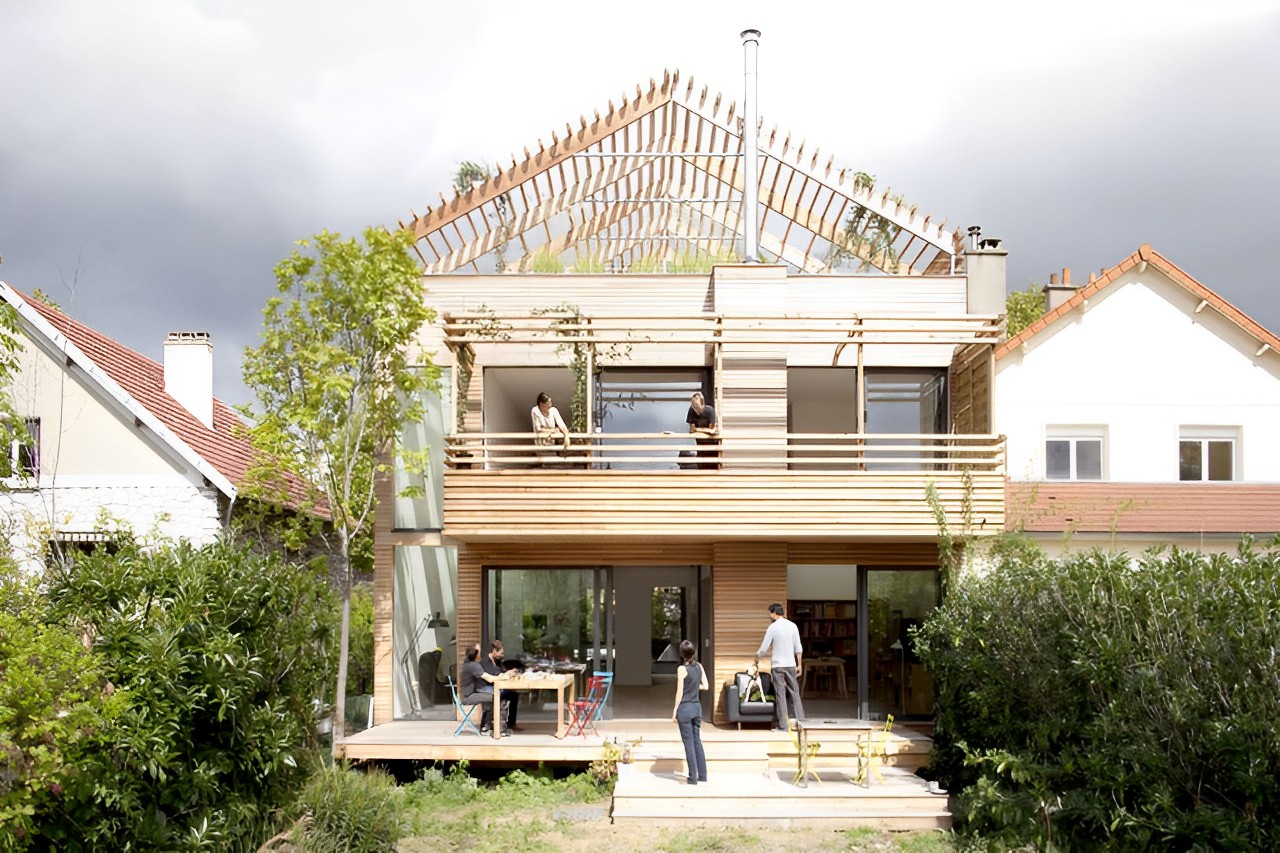
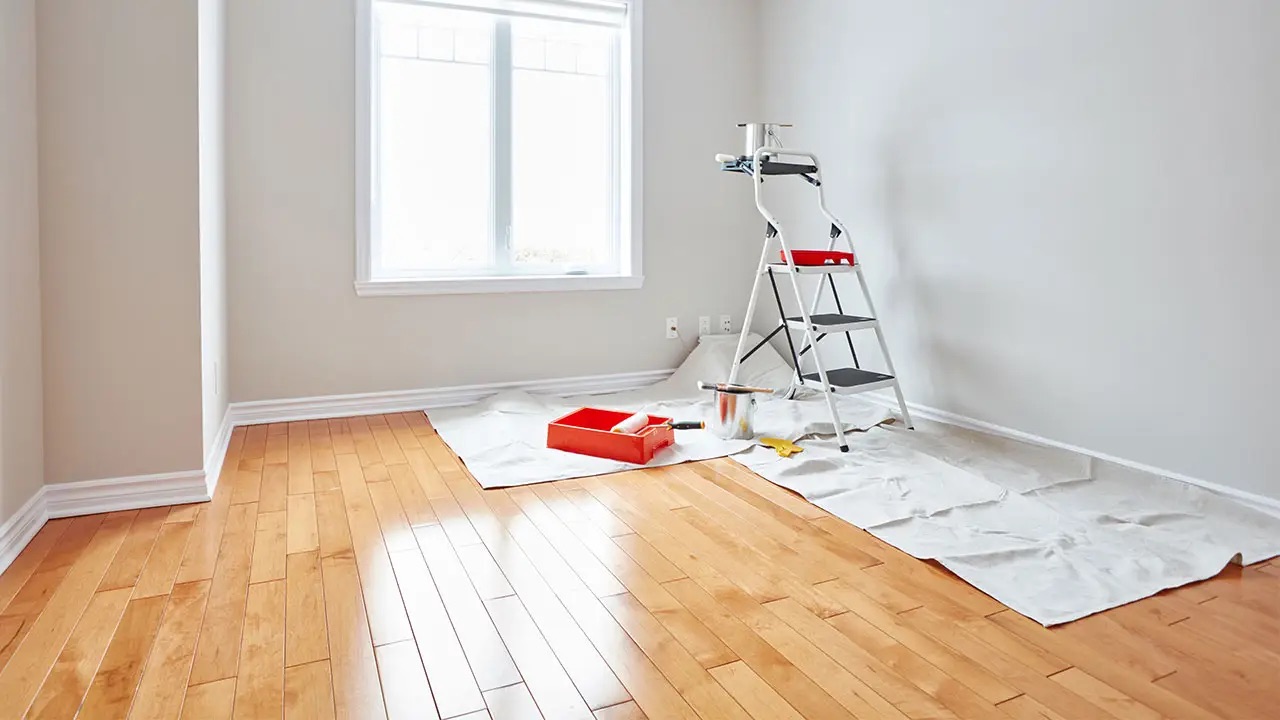
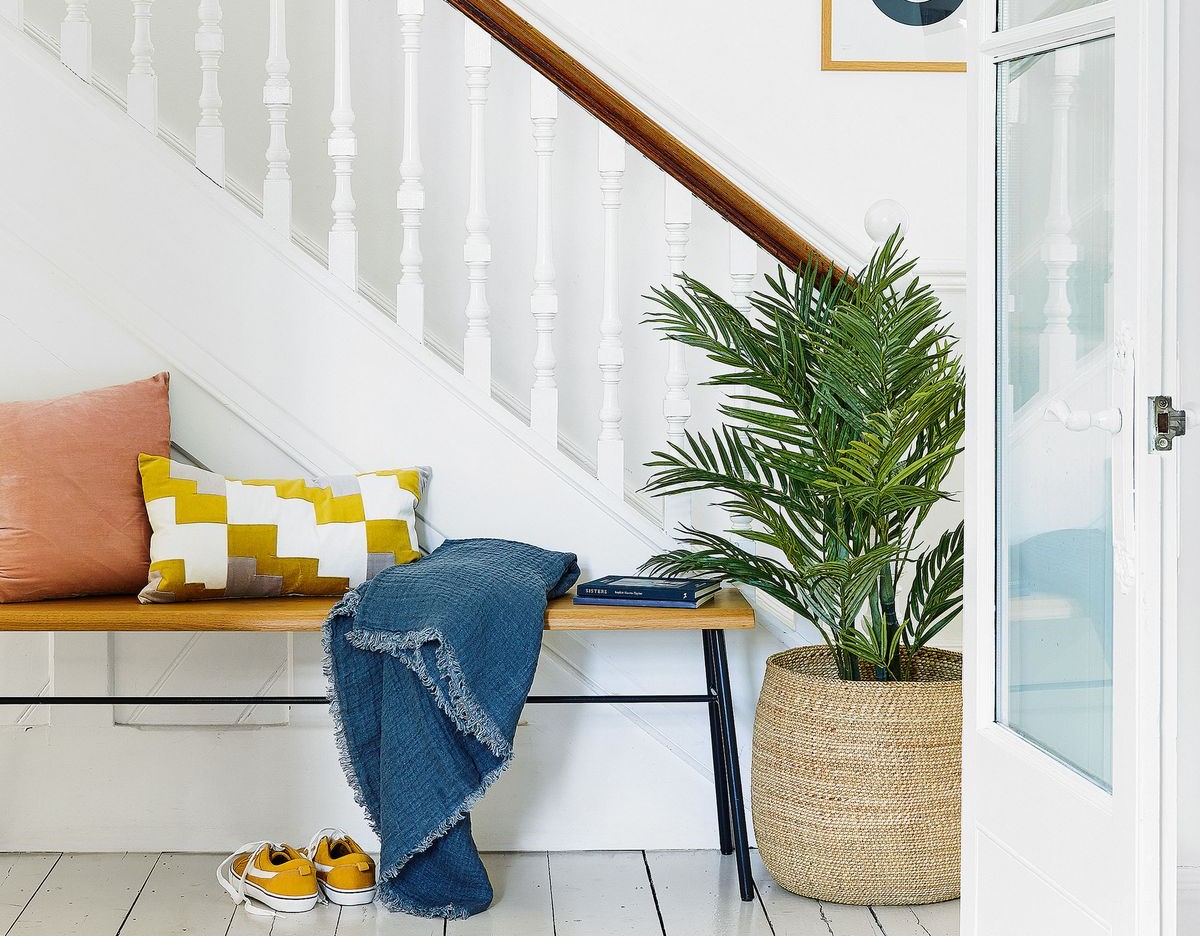
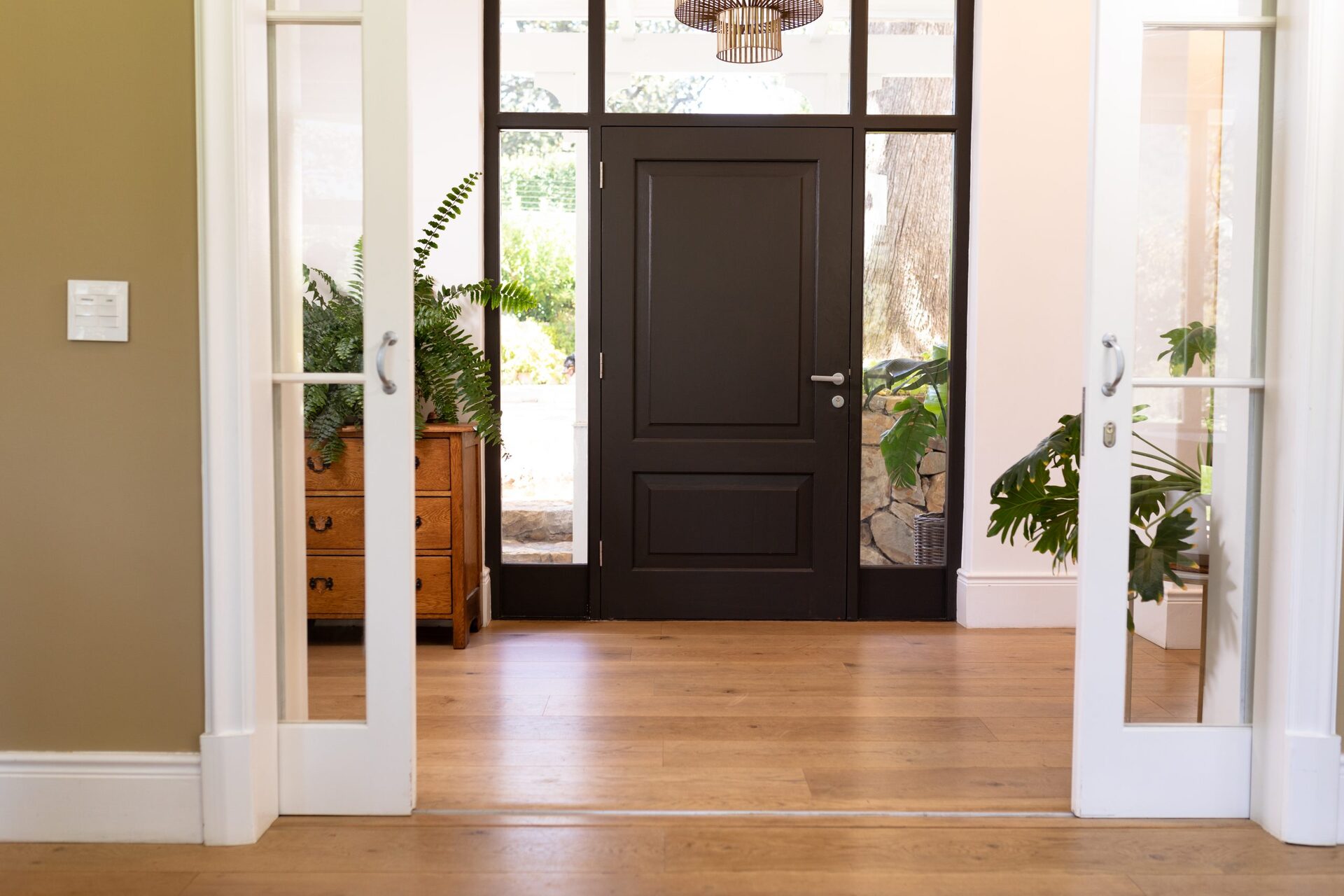
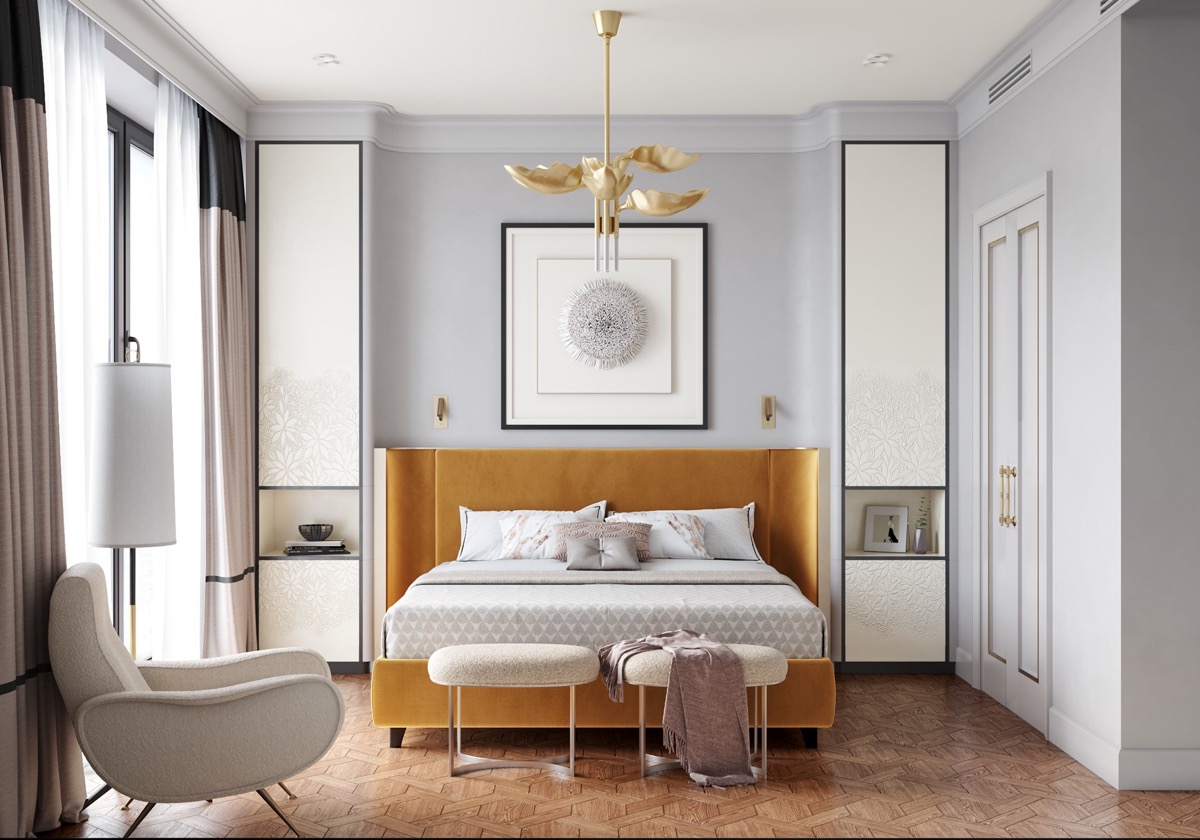
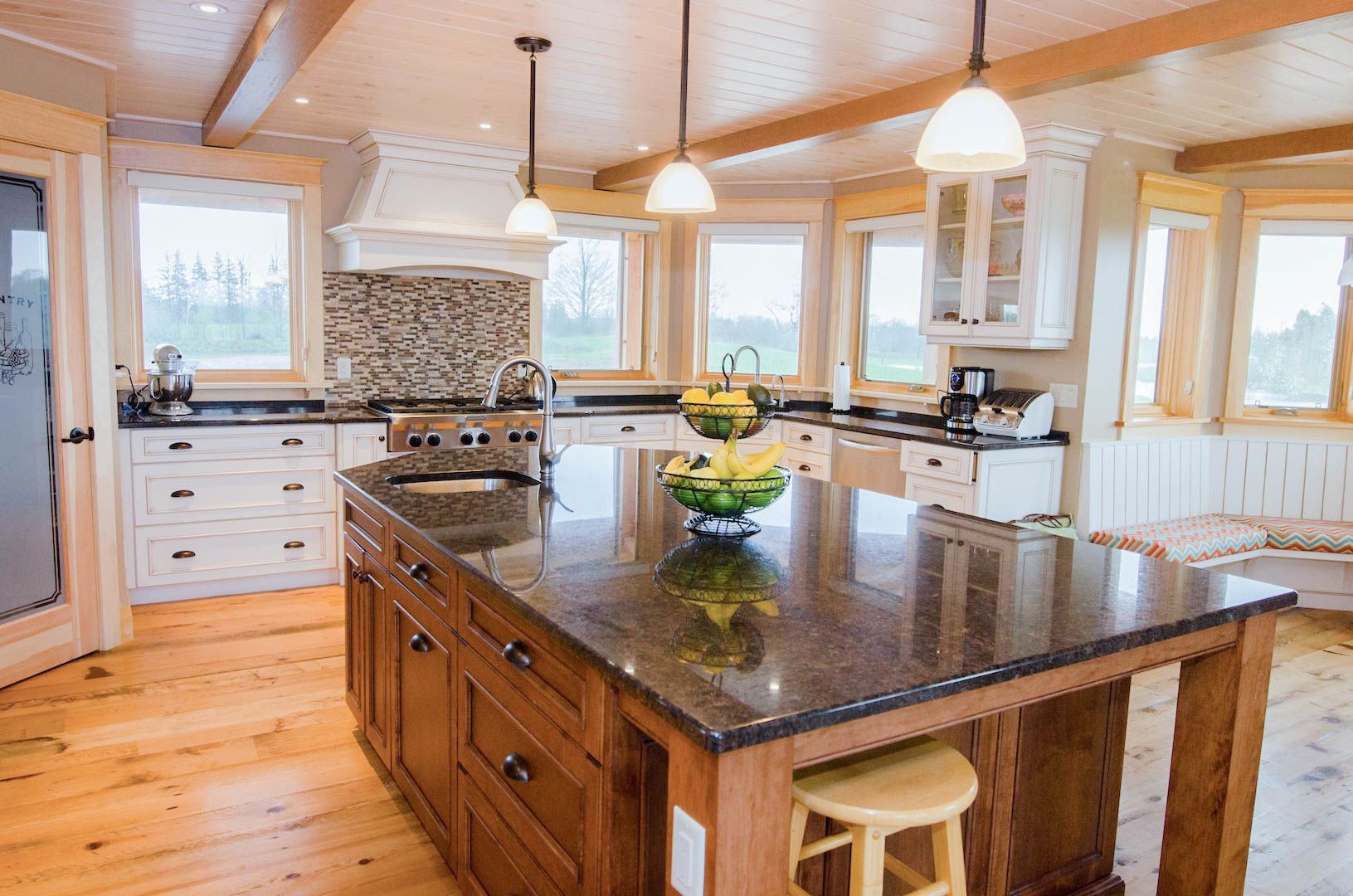
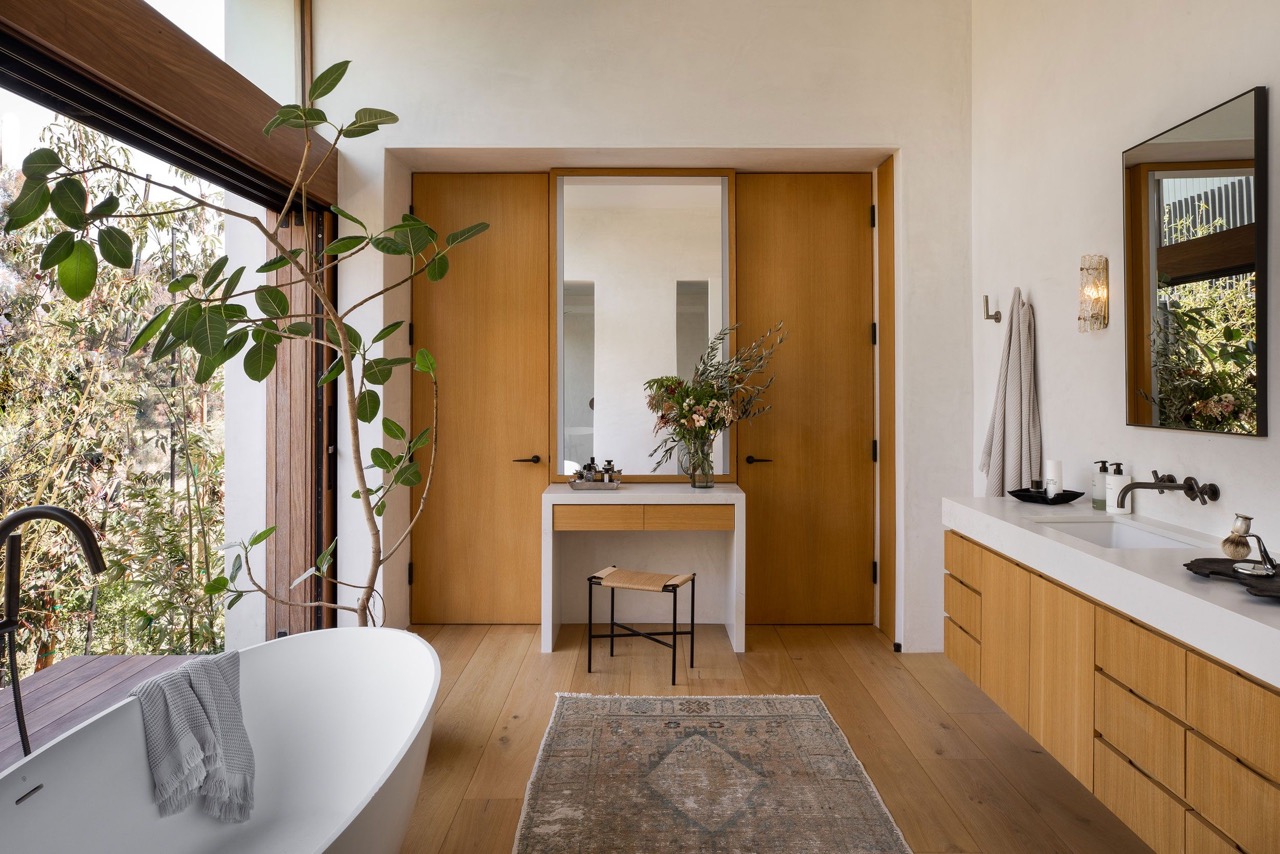
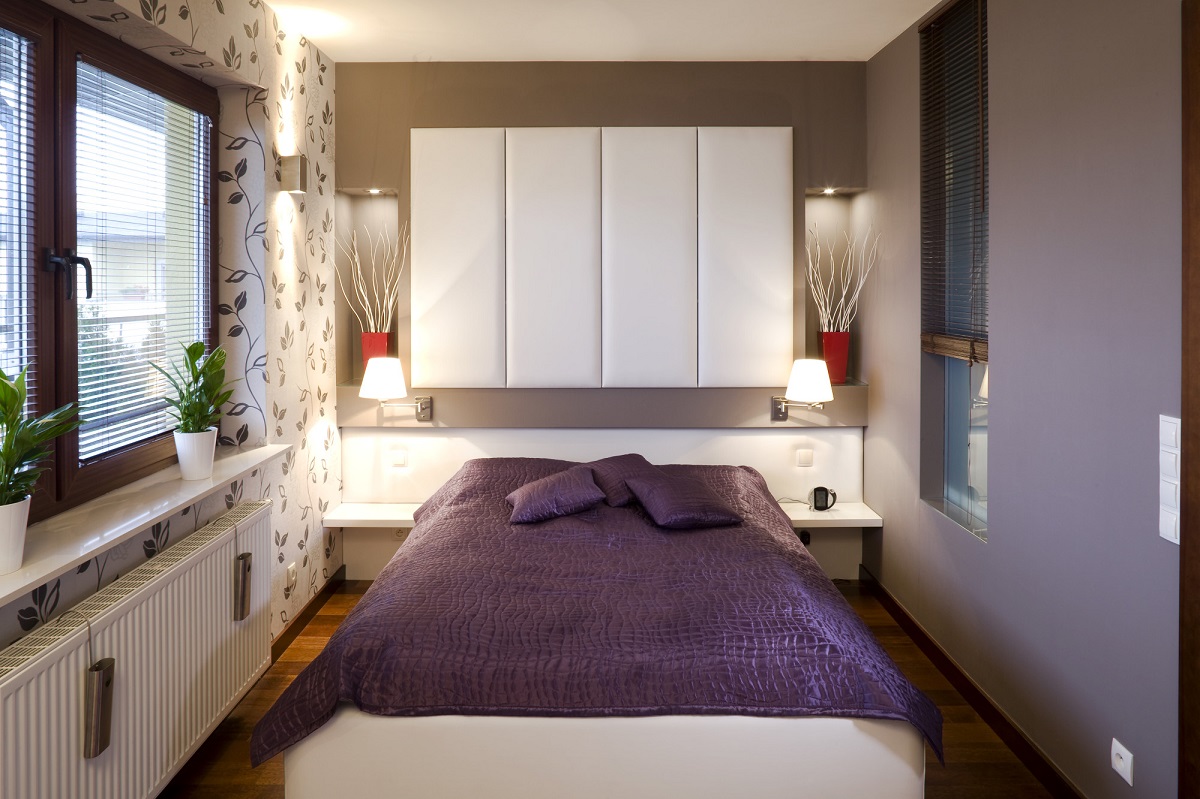
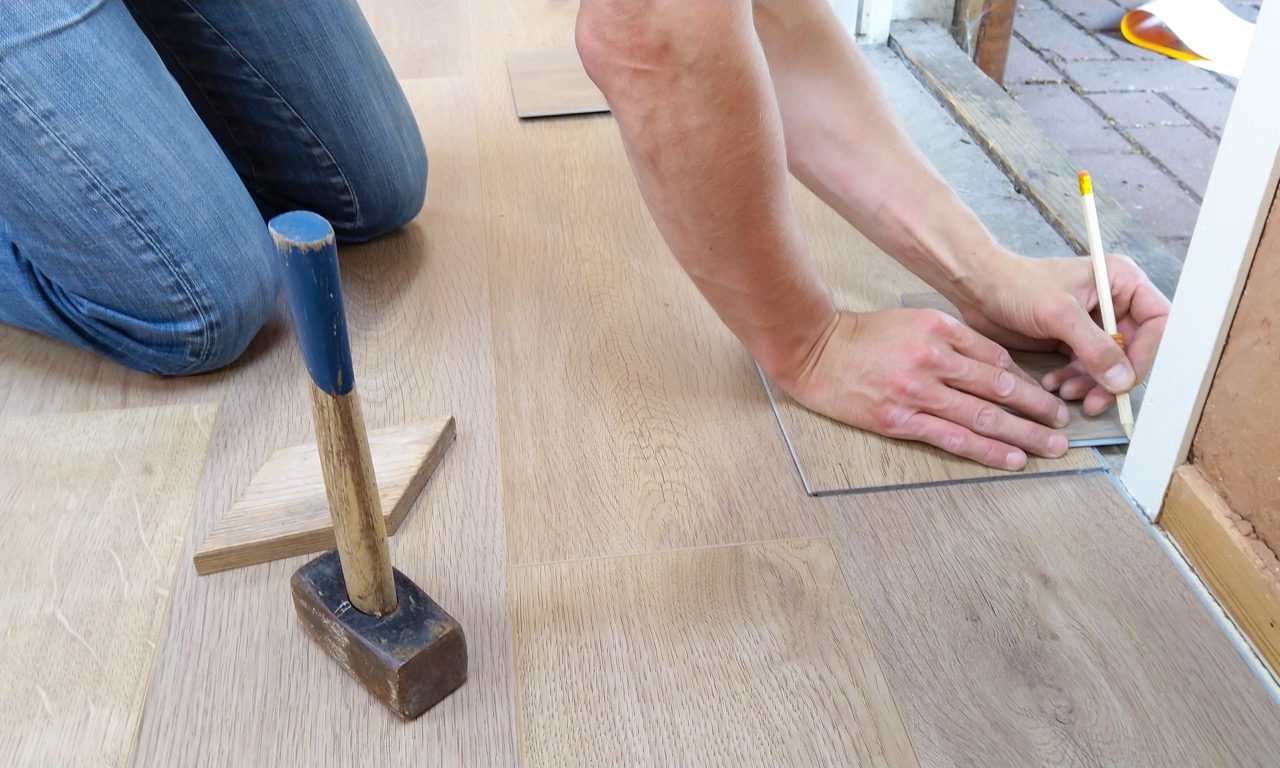
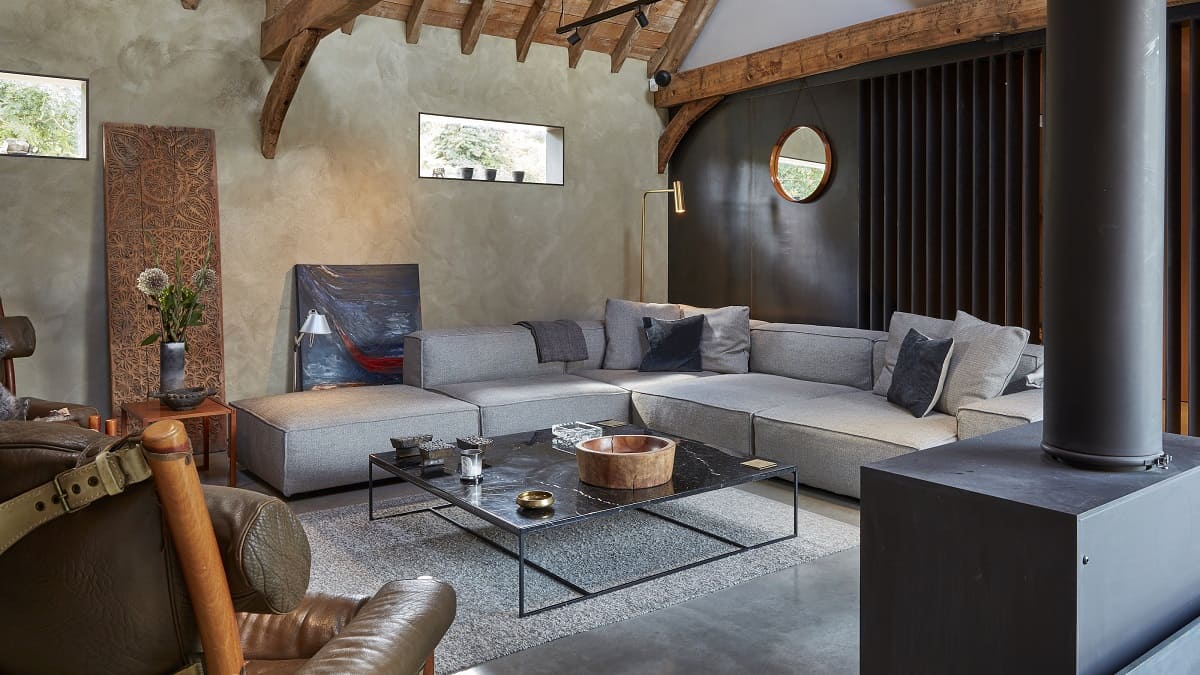
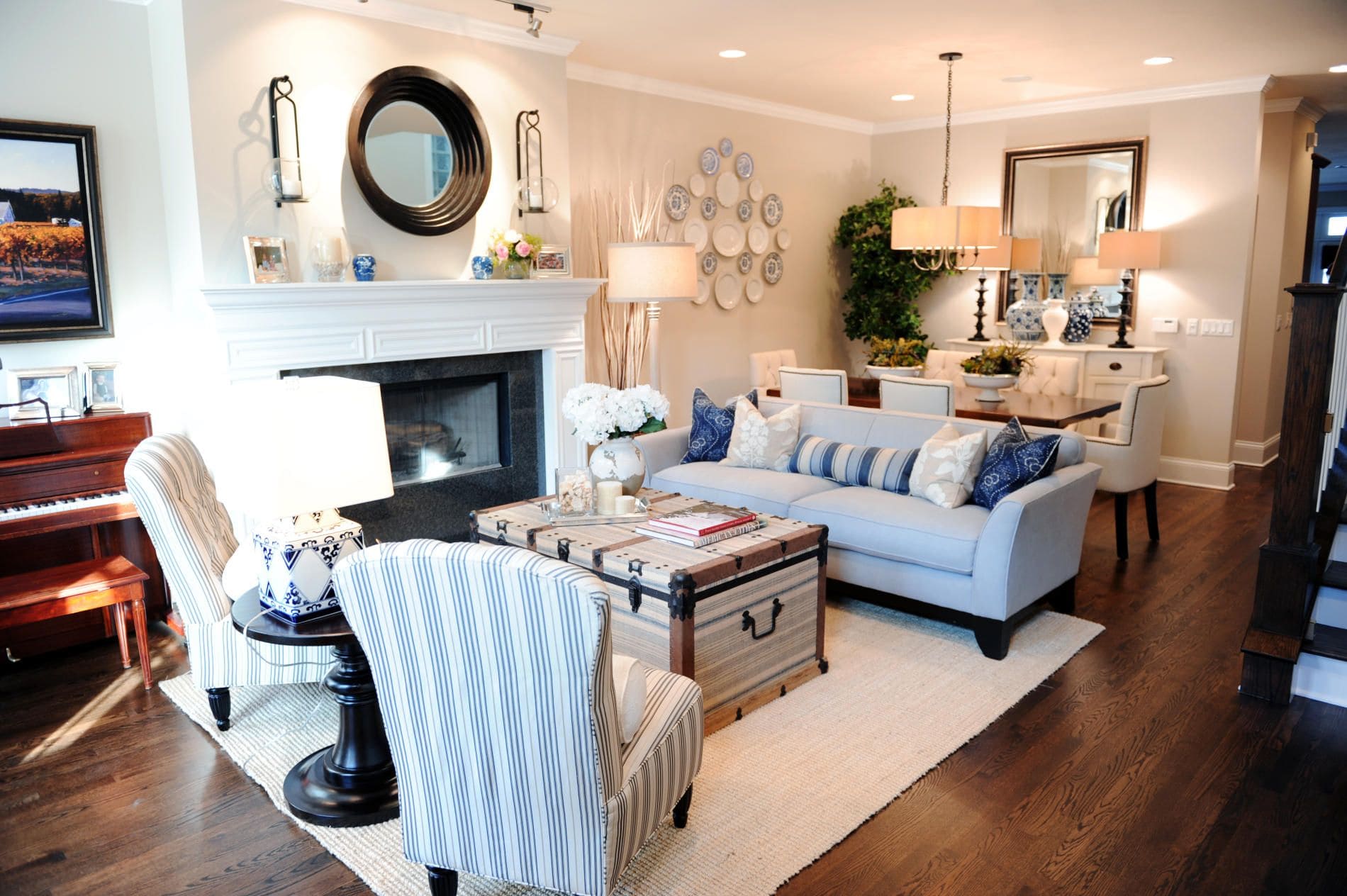
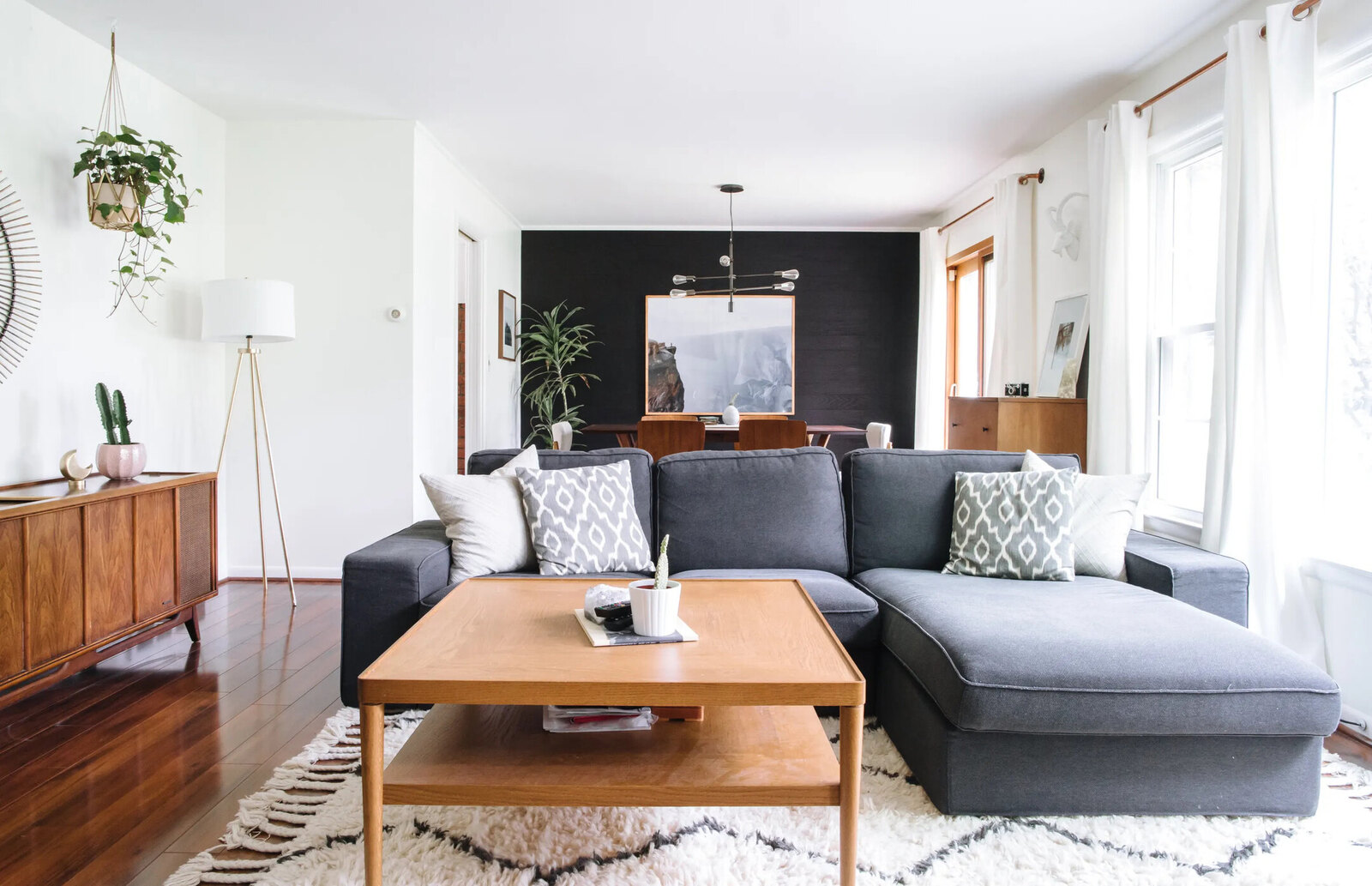
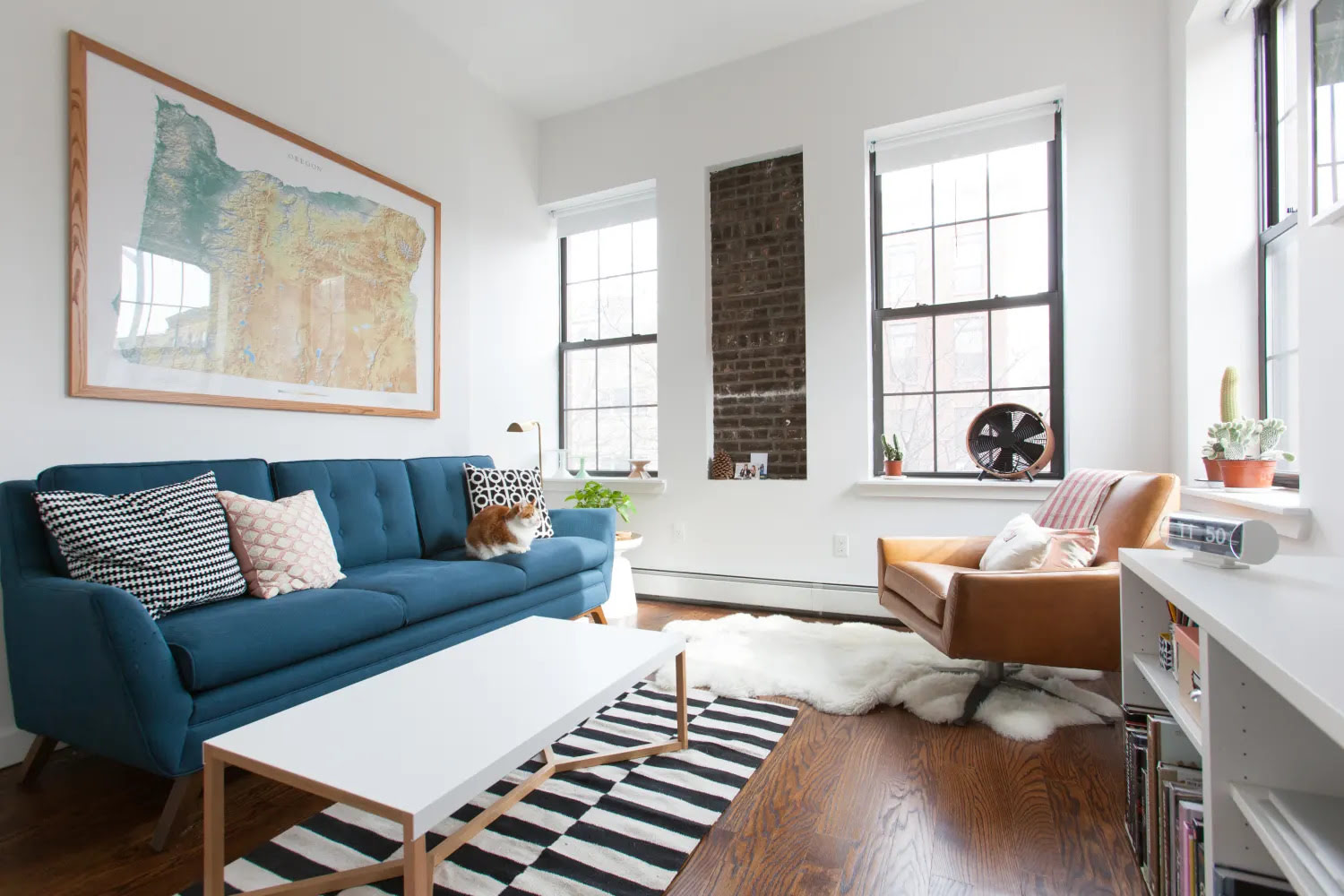

0 thoughts on “9 Entryway Layout Mistakes And How To Avoid Them”